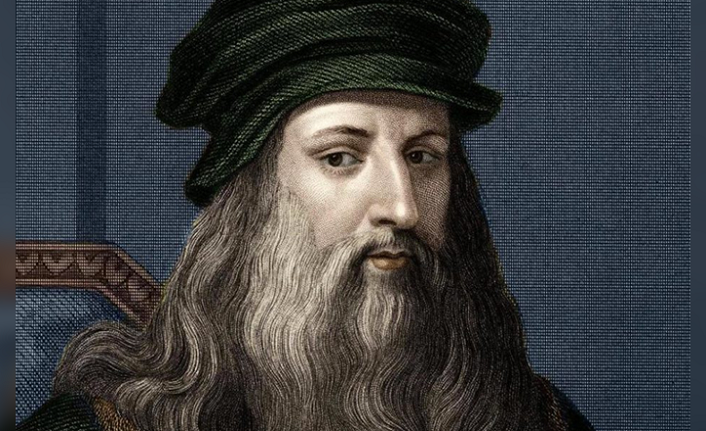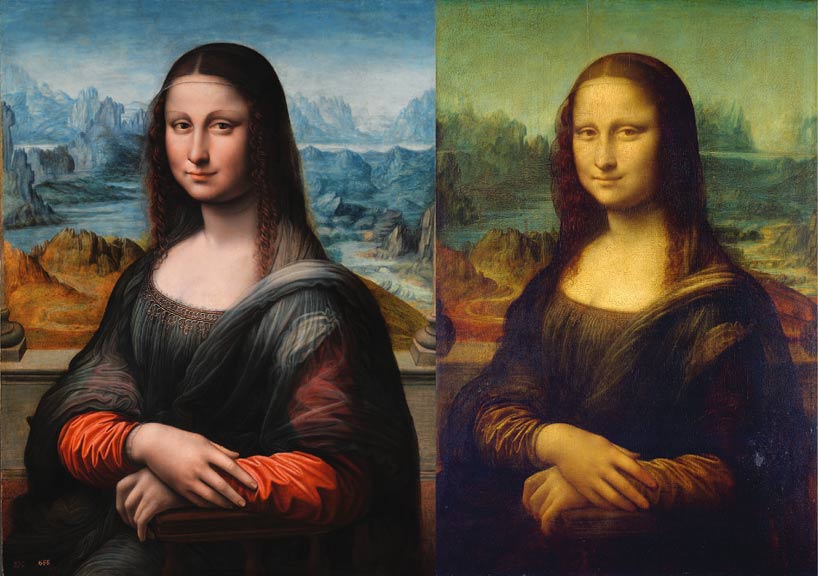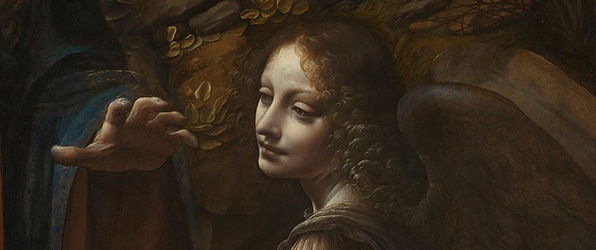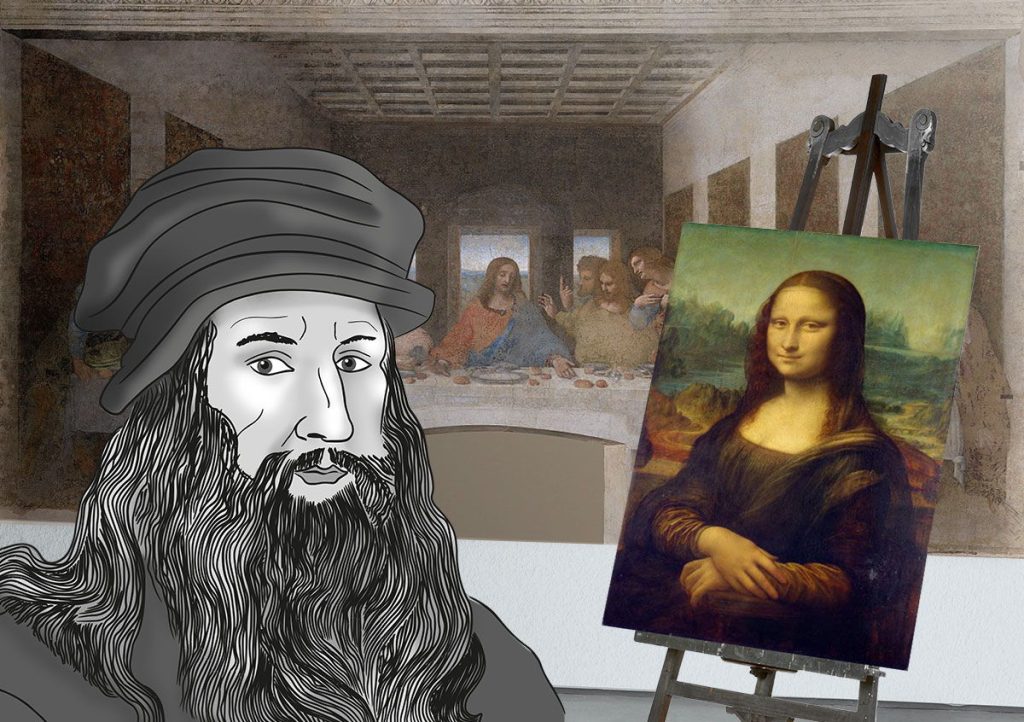Leonardo da Vinci was one of the most influential artists of the Renaissance period and the impact of art perspective of Leonardo da Vinci on history is significant.. His work has been studied and admired for centuries, and his understanding of art has been a source of inspiration for many. Da Vinci was a master of both painting and sculpture, and his works are renowned for their beauty and technical skill. He was also a scientist, engineer, and inventor, and his understanding of the natural world was reflected in his art. Da Vinci’s understanding of art was based on his deep knowledge of anatomy, perspective, and light and shadow. He was a master of composition and color, and his works often featured complex symbolism and hidden meanings. Da Vinci’s art was a reflection of his own unique vision, and his works continue to inspire and influence artists today.
Exploring Art Perspective of Leonardo da Vinci
Leonardo da Vinci is widely regarded as one of the greatest artists of all time. His works are renowned for their beauty and technical skill, and art perspective of Leonardo da Vinci is one of the most remarkable aspects of his art. Perspective is a technique used to create the illusion of depth and distance on a two-dimensional surface. By using perspective, da Vinci was able to create a sense of realism and atmosphere in his paintings.

Da Vinci was one of the first artists to use linear perspective, a technique that uses lines to create the illusion of depth. He used this technique to create a sense of space and distance in his paintings. For example, in his painting “The Last Supper”, da Vinci used linear perspective to create a sense of depth and distance between the figures in the painting. He also used this technique to create a sense of depth in his landscapes, such as in his painting “The Virgin of the Rocks”.
Da Vinci also used atmospheric perspective to create a sense of depth and atmosphere in his paintings. Atmospheric perspective is a technique that uses color and tone to create the illusion of depth and distance. Da Vinci used this technique to create a sense of atmosphere in his paintings. For example, in his painting “The Mona Lisa”, da Vinci used atmospheric perspective to create a sense of depth and atmosphere in the background of the painting.
Da Vinci’s use of perspective was revolutionary for his time. His use of linear and atmospheric perspective allowed him to create a sense of realism and atmosphere in his paintings. Art perspective of Leonardo da Vinci has had a lasting impact on the art world, and his works continue to inspire artists today.
Examining Da Vinci’s Innovative Use of Color in His Paintings
Leonardo da Vinci is widely regarded as one of the greatest painters of all time. His works are renowned for their beauty, complexity, and innovative use of color. Da Vinci was a master of color theory, and his paintings demonstrate a deep understanding of the effects of color on the viewer. He used color to create a sense of depth, to draw attention to certain elements, and to evoke emotion.

Da Vinci was a pioneer in the use of chiaroscuro, a technique that uses light and dark tones to create a sense of depth and atmosphere. He often used a limited palette of colors to create a sense of harmony and balance. He also used color to draw attention to certain elements in his paintings, such as the faces of his subjects. He often used warm colors to draw the eye to the center of the painting, and cool colors to create a sense of distance.
Da Vinci also used color to evoke emotion in his paintings. He often used bright, vibrant colors to create a sense of joy and energy, while muted colors were used to create a sense of sadness or melancholy. He also used color to create a sense of movement, using warm colors to suggest movement towards the viewer and cool colors to suggest movement away from the viewer.
Da Vinci’s innovative use of color has had a lasting impact on the art world. His works are still studied and admired today, and his techniques are still used by modern painters. His use of color was revolutionary for his time, and it continues to inspire and influence artists today.
Investigating Unique Approach to Composition of Art Perspective of Leonardo da Vinci
Leonardo da Vinci is widely regarded as one of the most influential artists of all time. His unique approach to composition has been studied and admired for centuries, and continues to inspire artists today. Da Vinci’s compositions were characterized by a combination of elements that created a sense of balance and harmony. He often used geometric shapes, such as circles and triangles, to create a sense of order and structure. He also used a variety of techniques to create depth and perspective, such as overlapping figures and objects, and the use of light and shadow.
Da Vinci was also known for his use of color. He often used a limited palette of colors, but was able to create a sense of vibrancy and life in his paintings. He was also known for his use of chiaroscuro, a technique that uses light and dark to create a sense of depth and atmosphere.
Da Vinci was also known for his use of symbolism and allegory in his compositions. He often used symbols to convey a deeper meaning or message in his works. He was also known for his use of symbolism to represent the human condition, such as the use of the Vitruvian Man to represent the ideal proportions of the human body.
Finally, Da Vinci was known for his use of gesture and movement in his compositions. He often used dynamic poses and gestures to create a sense of energy and life in his works. He was also known for his use of gesture to convey emotion, such as the gesture of the Mona Lisa’s hands to convey a sense of mystery and intrigue.
Da Vinci’s unique approach to composition has been studied and admired for centuries, and continues to inspire artists today. His use of geometric shapes, color, symbolism, and gesture has been credited with creating a sense of balance and harmony in his works. His compositions continue to be studied and admired for their beauty and complexity.
Analyzing Da Vinci’s Mastery of Light and Shadow in His Art
Leonardo da Vinci is widely regarded as one of the greatest artists of all time. His mastery of light and shadow in his art is one of the most remarkable aspects of his work. Da Vinci was a master of chiaroscuro, a technique that uses light and dark to create a sense of depth and atmosphere. He used light and shadow to create a sense of drama and emotion in his paintings, and to bring his subjects to life.

Da Vinci was a master of the use of light and shadow to create a sense of depth and atmosphere. He used light to create a sense of drama and emotion in his paintings, and to bring his subjects to life. He used light to create a sense of depth and perspective, and to draw the viewer’s eye to the focal point of the painting. He also used light to create a sense of atmosphere and mood.
Da Vinci was also a master of the use of shadow. He used shadow to create a sense of mystery and intrigue, and to add a sense of drama to his paintings. He used shadow to create a sense of depth and perspective, and to draw the viewer’s eye to the focal point of the painting. He also used shadow to create a sense of atmosphere and mood.
Da Vinci’s mastery of light and shadow was so great that it has been studied and admired by artists and art historians for centuries. His use of light and shadow to create a sense of depth and atmosphere, and to bring his subjects to life, is one of the most remarkable aspects of his work. Da Vinci’s use of light and shadow is a testament to his genius, and a reminder of the power of art to move and inspire us.
Uncovering Da Vinci’s Fascination with Human Anatomy in His Artwork
Leonardo da Vinci is widely regarded as one of the greatest artists of all time. His works of art are renowned for their beauty and technical mastery, but what is often overlooked is his fascination with human anatomy. Da Vinci was a master of anatomical study, and his artworks often reflect his deep understanding of the human body.
Da Vinci was born in 1452 in the Tuscan town of Vinci, Italy. From a young age, he was fascinated by the natural world and was particularly interested in the human body. He studied anatomy extensively, dissecting corpses and making detailed drawings of the human form. He was particularly interested in the musculature of the body, and his drawings of muscles and tendons are some of the most accurate and detailed of the time.
Da Vinci’s anatomical studies are evident in his artwork. He often depicted the human body in motion, capturing the beauty and complexity of the human form. His painting of the Mona Lisa is a perfect example of this. The painting is renowned for its realism and attention to detail, and it is believed that Da Vinci used his knowledge of anatomy to create the painting’s lifelike features.
Da Vinci’s anatomical studies also influenced his sculptures. His bronze sculpture of a horse is a perfect example of this. The sculpture is incredibly detailed and lifelike, and it is believed that Da Vinci used his knowledge of anatomy to create the sculpture’s realistic features.
Da Vinci’s fascination with human anatomy is evident in his artwork. His paintings and sculptures are renowned for their beauty and technical mastery, but they also reflect his deep understanding of the human body. Da Vinci’s anatomical studies have had a lasting impact on the world of art, and his works continue to inspire and captivate audiences around the world.


